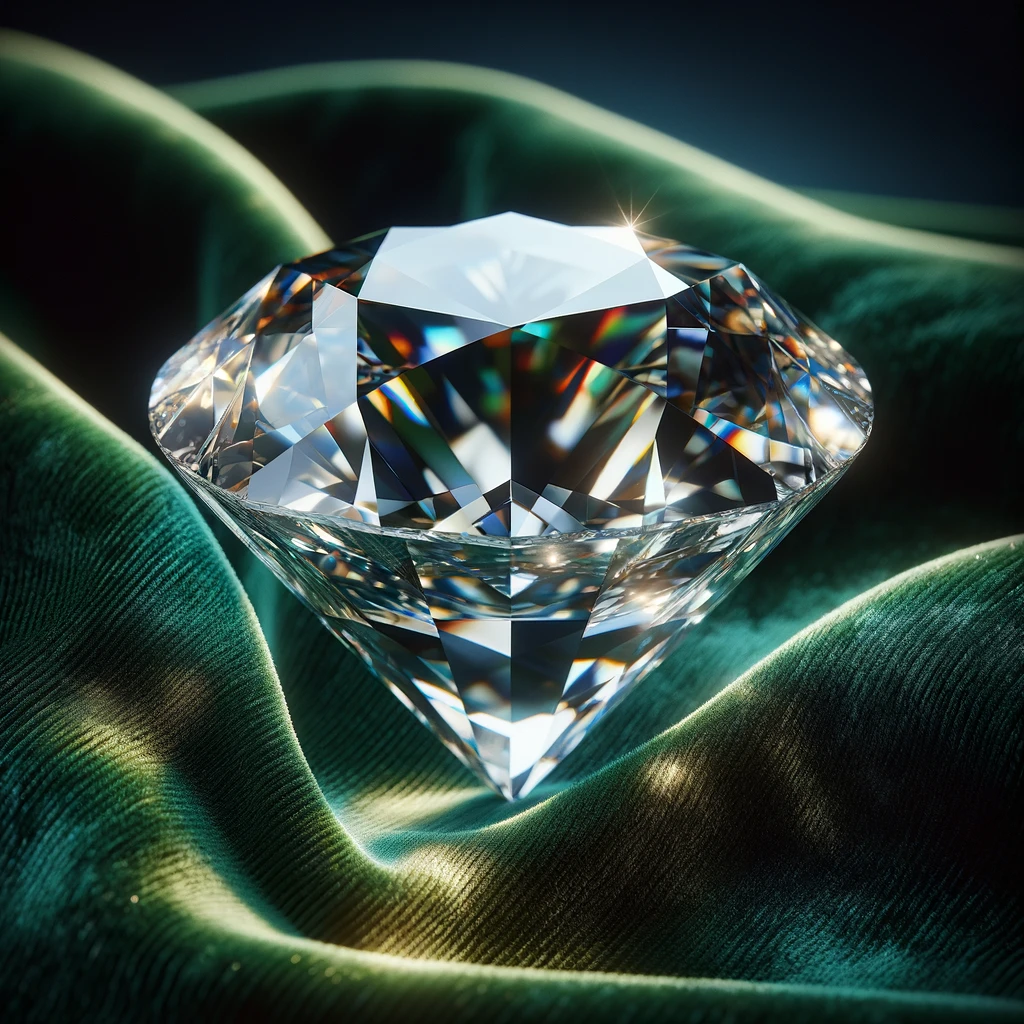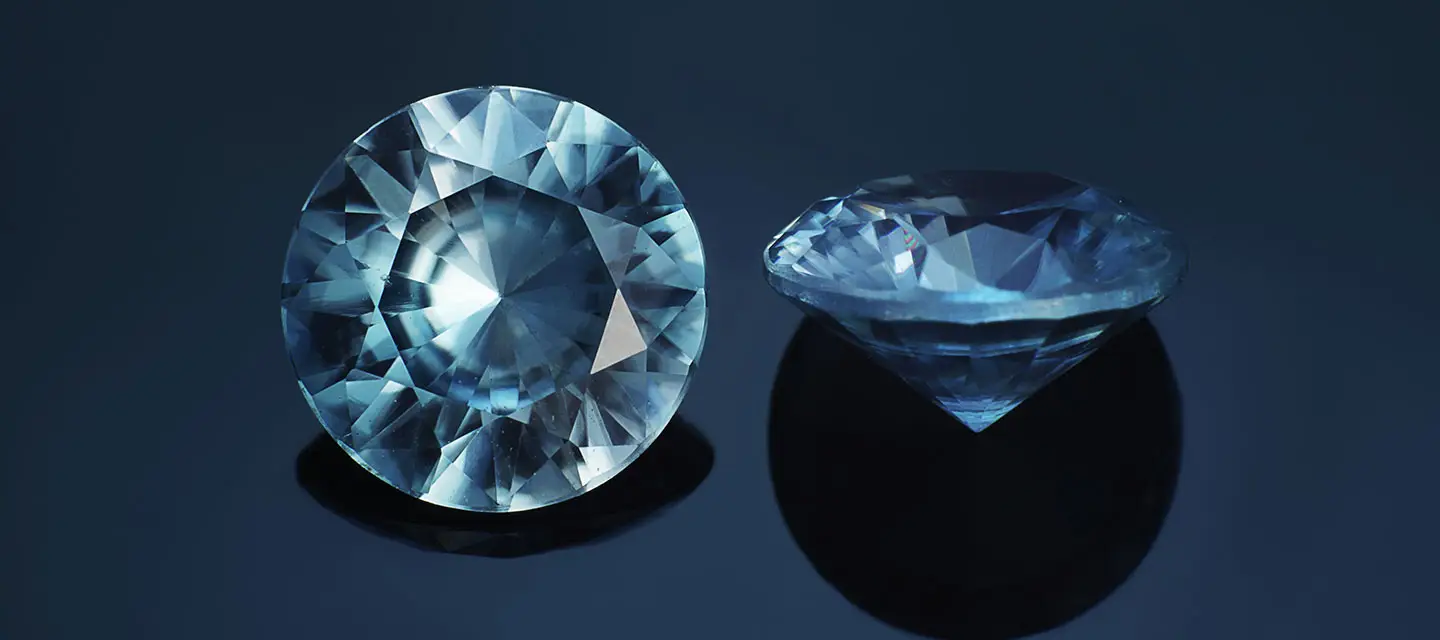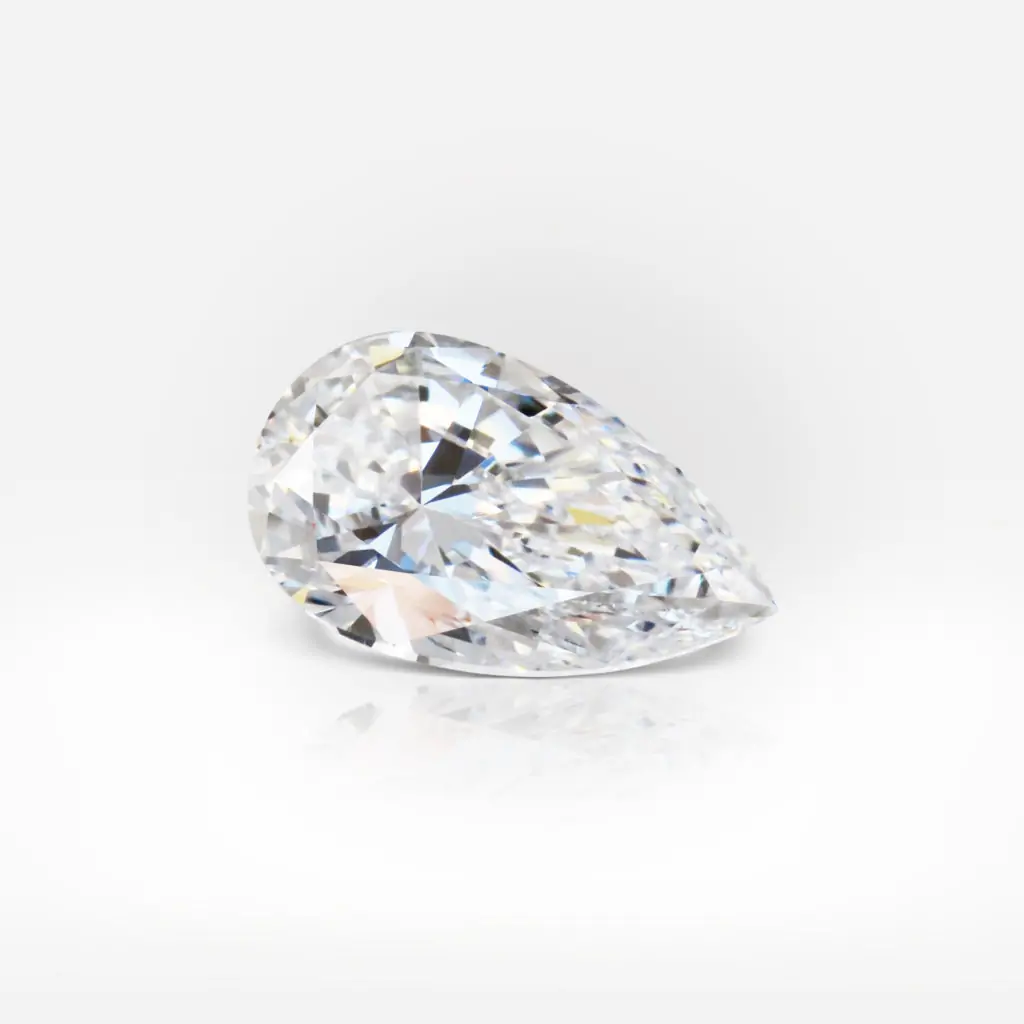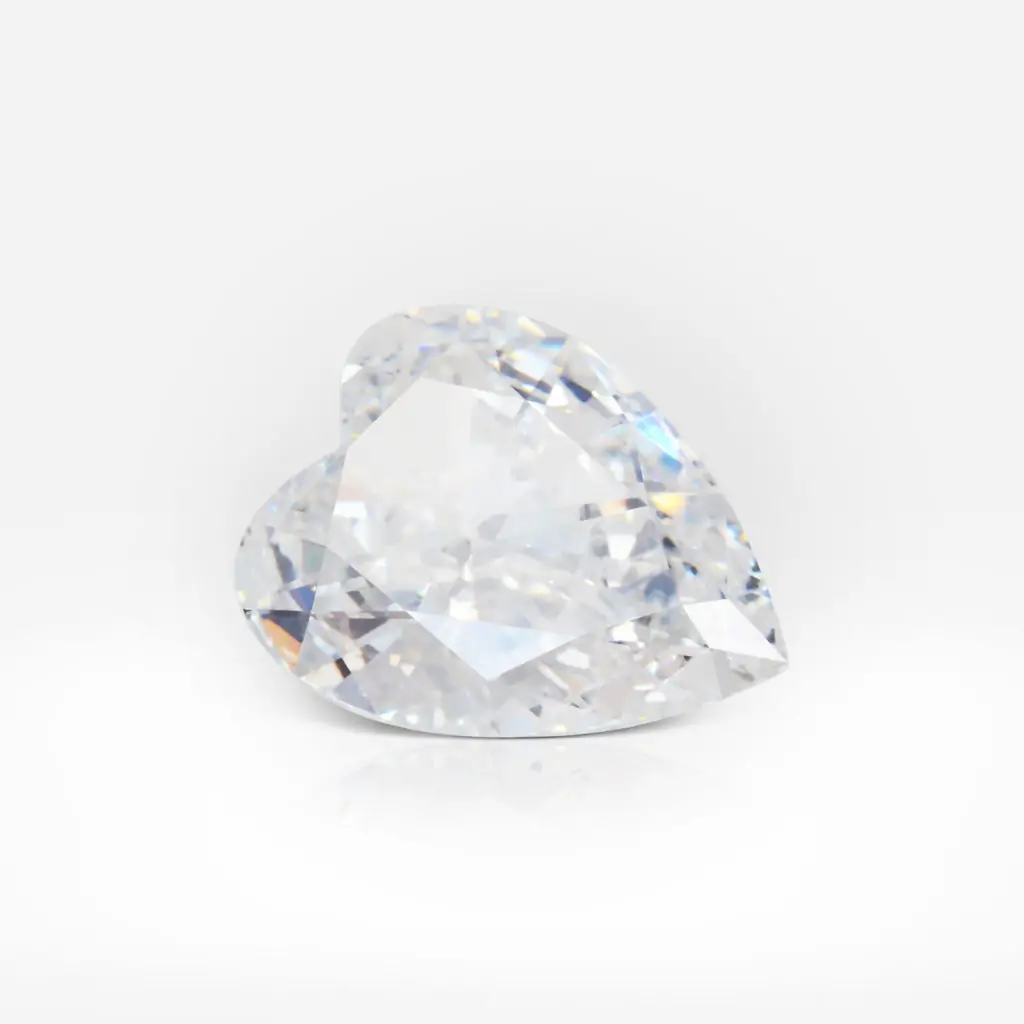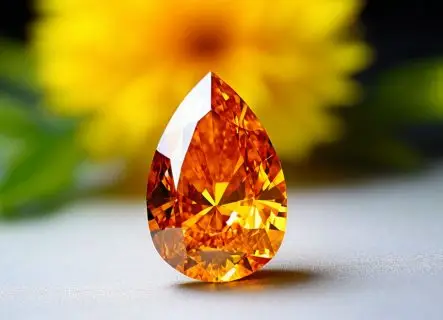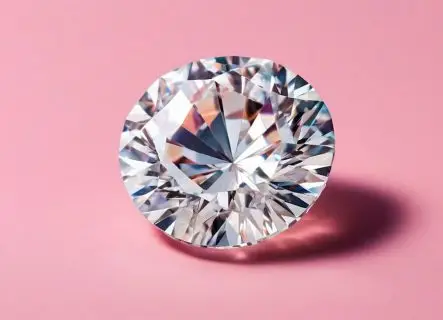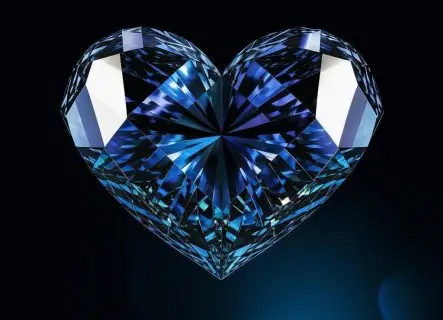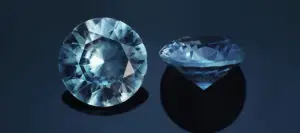
It’s no secret that people have traditionally valued diamonds as rare and special natural stones. Its value is obvious in its pricing.
But mankind has also created a number of man-made alternatives to the diamond. Among these, cubic zirconia is the most common one.
This post will explain what a cubic zirconia is, discuss if it can be a good substitute for a diamond, and provide a comparison of the two stones.
What is a Cubic Zirconia?
An artificial stone that resembles a diamond is called cubic zirconia. Zirconium dioxide serves to make this stone. Despite having a similar appearance to diamonds, this material is quite different structurally.
It is a common misconception that cubic zirconia is a synthetic diamond, yet this is false. A synthetic diamond’s carbon structure is identical to that of a natural diamond. But cubic zirconia is nothing like them at all.
Furthermore, little amounts of cubic zirconia can also be discovered in nature; however, most of the zirconia used in jewelry is produced in a lab. It is thought that cubic zirconia is the most widely used and accurate substitute for diamonds.
How is Cubic Zirconia made?
The technique of forming a cubic zirconia involves melting zirconium oxide powder at 4,982ºF while adding stabilizers like calcium and magnesium. The heat causes crystals to form and stabilize after hours. These crystals are then polished and sliced.
Nevertheless, the processes used by each laboratory to create cubic zirconia are unique.
Can a cubic zirconia be considered a diamond?
A human being creates Cubic Zirconia.
For a variety of factors, including its overall appearance and chemical makeup, this gem is not a diamond. These two stones couldn’t be more unlike.
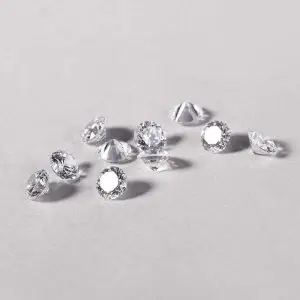

How to distinguish a Cubic Zirconia from a Diamond?
Here are some factors that can help to distinguish these two kind of stones.
Appearance
When we state that a diamond and a cubic zirconia have a similar appearance, we are leaving out a crucial detail: these stones appear similar to the untrained sight. A skilled gemologist or even a non-expert with a keen interest in precious stones will undoubtedly be able to tell one stone from another. The truth is that there is one significant distinction between laboratory-created stones and naturally occurring stones: manufactured stones are far more flawless than natural ones.
In the case of diamonds, we know that their formation involved intricate chemical reactions occurring deep inside the ground over thousands of years. Many factors affected their color, hue, and clarity, resulting in the eventual appearance of a unique stone. For this reason the majority of white diamonds have slightly tinted. In addition, diamonds frequently exhibit a range of inclusions, flaws, and blemishes.
About cubic zirconia that has been artificially manufactured, it is hard to say. This stone has never had any flaws, and its hue will always be flawlessly transparent because it was made under laboratory settings.
Furthermore, a cubic zirconia exhibits a far greater range of colors than a diamond does in natural light, a phenomenon known as the rainbow effect. This occurs as a result of cubic zirconia’s greater dispersion rate and lower refractive index compared to diamonds.
Composition
Despite having very similar appearances, a cubic zirconia and a diamond are completely distinct compositions. This consequently influences their numerous other attributes and characteristics.
Carbon is a component of diamonds, which contributes to their hardness and brilliance. As a result, a diamond is the hardest stone that people have ever discovered, although cubic zirconia has a rating significantly lower. For instance, with regular wear, cubic zirconia lasts two to three years. Cubic zirconia can last up to five years with normal wear. Cubic zirconia typically scratches and clouded over time. Diamonds, on the other hand, are timeless and can endure for many generations.
Furthermore, the brilliance of a cubic zirconia is inferior than that of a diamond, and the two stones have different weights. Even though a cubic zirconia and a diamond may be the same size in real life, the cubic zirconia will weigh more because to its modest density.
Durability
As previously stated, a cubic zirconia’s hardness is far lower than a diamond’s. As such, selecting it as a stone for jewelry—such as engagement rings—carries a risk of unfavorable outcomes. Only the first two years will the cubic zirconia keep its original look; after that, it will fade and become less appealing. Furthermore, it may be scraped and rubbed because to its 8.5 degree Mohs hardness rating.
The Mohs hardness scale gives a diamond a hardness of 10. It could appear that there is not much of a difference between these figures at first. In actuality, though, there is a significant and grave distinction.
Price
Lastly, the cost is yet another significant distinction. Diamonds have prices according to their characteristics, or the well-known 4Cs: color, purity, cut, and weight. Nevertheless, a cubic zirconia will cost a lot less than a real diamond regardless of its characteristics. This is because the stone was made artificially and has no actual worth, hence it doesn’t appear to be uncommon or unique.
For instance, a one-carat cubic zirconia costs about €30, whereas a one-carat diamond starts at €2000. Hence, there is a big price difference.
Value
In terms of value, cubic zirconia is essentially worthless. Like other diamond imitators, this stone has no commercial value.
A diamond, meanwhile, never loses its market worth. It has the potential to grow into an excellent investment that will be inherited by the next generation. Naturally, diamonds tend to be prestigious due to their rarity, uniqueness, and natural state.
Conclusion
You can observe that a diamond and a cubic zirconia are very distinct from one another. Furthermore, despite the initial impression that these stones are quite similar, this is untrue.
Although the cost of diamonds and cubic zirconia varies greatly, it’s important to understand that the features, quality, and attractiveness also vary. In this instance, a cheaper price does not equate to a superior offer or value.
Subscribe to discover the world of diamonds and gems. If you have any questions, please let us know.


